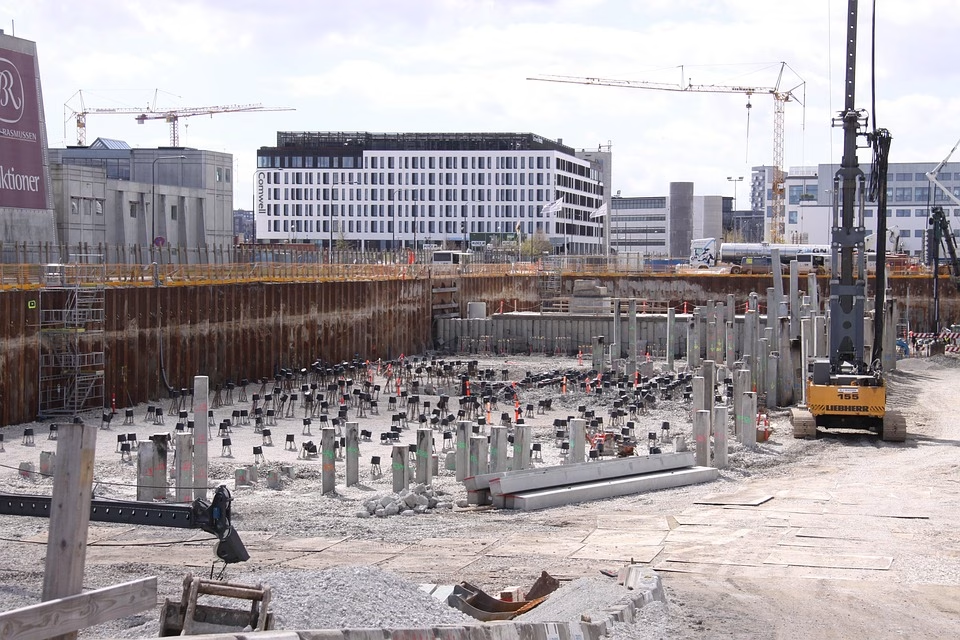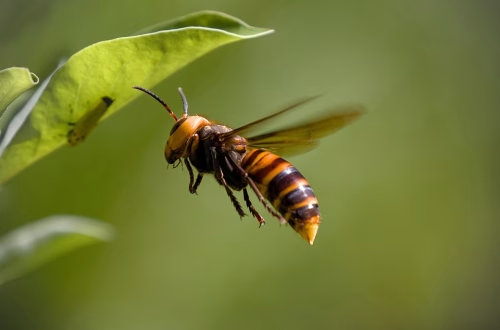Summary:
Post Construction Termite Treatment is a critical process for protecting buildings from termite infestations after construction. This method involves applying termiticides, installing bait systems, and conducting regular inspections to prevent damage. Homeowners, property managers, and builders are directly affected, as untreated termite issues can lead to costly repairs and structural damage. This article addresses the importance of proactive pest management, compliance with state and federal regulations, and the benefits of professional treatment. Readers should care because termites can silently destroy property, and early intervention is key to avoiding severe consequences.
What This Means for You:
- Protect your property investment by scheduling regular termite inspections.
- Use professional pest control services to apply effective treatment methods.
- Stay informed about local pest control regulations to ensure compliance.
- Act early to prevent long-term damage and costly repairs.
Post Construction Termite Treatment: A Comprehensive Guide
”Post Construction Termite Treatment” Explained:
Post Construction Termite Treatment refers to the application of pest control measures after a building has been constructed to prevent or eliminate termite infestations. Unlike pre-construction treatments, which are applied during the building process, post-construction treatments are designed to protect existing structures. This process typically involves the use of termiticides, bait systems, and physical barriers to deter termites from entering the property. The goal is to safeguard the structural integrity of the building and prevent costly damage caused by these destructive pests.
Post Construction Termite Treatment is essential because termites can infiltrate buildings through tiny cracks, foundations, or wood structures. Once inside, they can cause extensive damage that often goes unnoticed until it’s too late. By implementing post-construction treatments, property owners can ensure their buildings remain termite-free and structurally sound.
Types of Pest Issues:
Termites are the primary pests targeted in post-construction treatments, with subterranean and drywood termites being the most common culprits. Subterranean termites build colonies underground and tunnel into structures, while drywood termites infest dry wood directly. Both types can cause significant damage to wooden beams, flooring, and furniture. In addition to termites, other pests like carpenter ants and powderpost beetles may also require similar treatments.
State and federal laws often regulate pest control practices to protect public health and the environment. For example, the Environmental Protection Agency (EPA) oversees the use of termiticides to ensure they are safe and effective. Property owners must comply with these regulations when implementing post-construction termite treatments. Failure to do so can result in fines or ineffective pest control measures.
Common Pest Control Methods:
Effective post-construction termite treatments include the application of liquid termiticides, which create a chemical barrier around the building. These termiticides are applied to the soil, foundation, and other entry points to repel or kill termites. Bait systems are another popular method, using bait stations placed around the property to attract and eliminate termites over time. Physical barriers, such as stainless steel mesh or sand, can also be installed to block termite entry.
Regular inspections are crucial for maintaining termite-free properties. Professionals use advanced tools like moisture meters and infrared cameras to detect early signs of infestations. Combining these methods ensures comprehensive protection against termites and other pests.
Risks and Consequences:
Ignoring post-construction termite treatment can lead to severe consequences. Termites can compromise the structural integrity of buildings, causing floors to sag, walls to crack, and foundations to weaken. This damage is often expensive to repair and may not be covered by standard homeowner insurance policies. Additionally, untreated termite infestations can spread to neighboring properties, escalating the problem.
Beyond structural damage, termites can negatively impact property value. Potential buyers may be deterred by the presence of termites or the need for extensive treatments. Proactive pest management is essential to avoid these risks and maintain a safe, valuable property.
Choosing a Pest Control Service:
Selecting a qualified pest control service is critical for effective post-construction termite treatment. Look for companies with experience in termite control and a solid reputation in the industry. Certified professionals should be knowledgeable about state and federal regulations and use EPA-approved treatments. Ask for detailed treatment plans and guarantees to ensure long-term protection.
Customer reviews and referrals can help identify reliable pest control services. Choose a provider that offers comprehensive inspections, customized solutions, and ongoing maintenance to keep your property termite-free.
People Also Ask About:
- How often should I schedule termite inspections? Annual inspections are recommended to detect and prevent termite infestations early.
- Are post-construction treatments safe for pets and children? Yes, most EPA-approved termiticides are safe when applied correctly by professionals.
- Can I do post-construction termite treatment myself? DIY treatments are not recommended due to the complexity and potential risks. Professional services are more effective.
- What are the signs of a termite infestation? Look for mud tubes, damaged wood, discarded wings, and hollow-sounding timber.
- How long does post-construction termite treatment last? Treatments typically last 5-10 years, but regular inspections are still necessary.
Expert Opinion:
Post Construction Termite Treatment is a vital investment for property owners. With termites causing billions in damage annually, proactive measures are essential to protect your building. Always rely on certified professionals to ensure safe and effective treatment. Innovations in pest control, such as eco-friendly termiticides and advanced detection tools, are making treatments more efficient and sustainable.
Related Key Terms:
- Post construction termite treatment services
- Termite control after construction
- Professional termite inspection
- EPA-approved termiticides
- Subterranean termite prevention
- Termite bait systems for homes
- Structural pest control regulations
Pest Control Disclaimer
This content is for educational purposes only and does not replace professional pest inspection, treatment, or safety advice. Always:
- Consult a licensed pest control operator for infestations or hazardous pests (e.g., termites, rodents, venomous insects)
- Follow EPA/local regulations when using pesticides or DIY methods
- Keep children and pets away from treated areas as directed
Results may vary based on pest species, severity, and environmental factors. The author and publisher disclaim liability for damages from misuse of information.
*Featured image sourced by Pixabay.com





